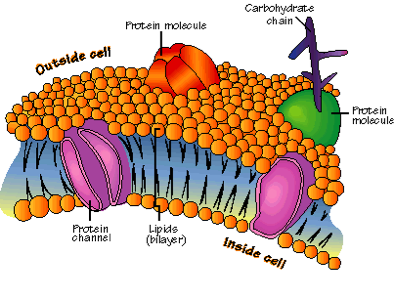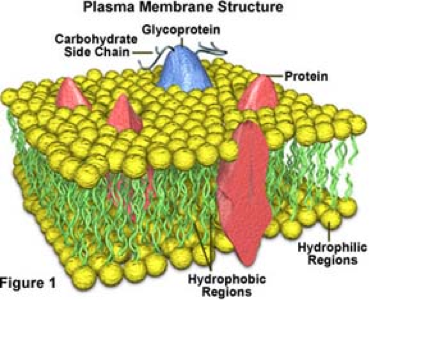Sign up for FlowVella
Sign up with FacebookAlready have an account? Sign in now
By registering you are agreeing to our
Terms of Service
Loading Flow



24. Cells move through the plasma membrane in two ways, passively or actively. In passive processes, substances cross the membrane without any energy input from the cell. In active processes, the cell provides the metabolic energy (ATP) needed to move substances across the membrane. The two main passive transport in cells are diffusion and filtration. Diffusion is the tendency of molecules or ions to scatter evenly throughout the environment. The molecules move about randomly at high speeds as they collide and bounce off each other. They change direction with each collision. The overall effect is that molecules move away from areas where they are in higher concentration to areas where their concentration is lower. The speed of diffusion is determined by the size of the molecules (the smaller, the faster) and by temperature (the warmer, the faster). The plasma membrane is a physical barrier to free diffusion. A molecule will diffuse through the membrane if it is lipid soluble, small enough to pass through membrane channels, or assisted by a carrier molecule. Filtration is the process that forces water and solutes through a membrane or capillary wall by fluid or hydrostatic pressure. The gradient for this pressure gradient that pushes the solute-containing fluid from a higher-pressure area to a lower-pressure area. Filtration is not selective; only blood cells and protein molecules too large to pass through membrane pores or the paracellular path (between cells) are held back. Active transport processes are distinguished according to their source of energy. In primary active transport, the energy to do work comes directly from hydrolysis of ATP. In secondary active transport, transport is driven indirectly by energy stored in ionic gradients created by operation of primary active transport pumps. Secondary active transport systems are all coupled systems, meaning they move more than one substance at a time. Each membrane pump or cotransporter transports only specific substances.
